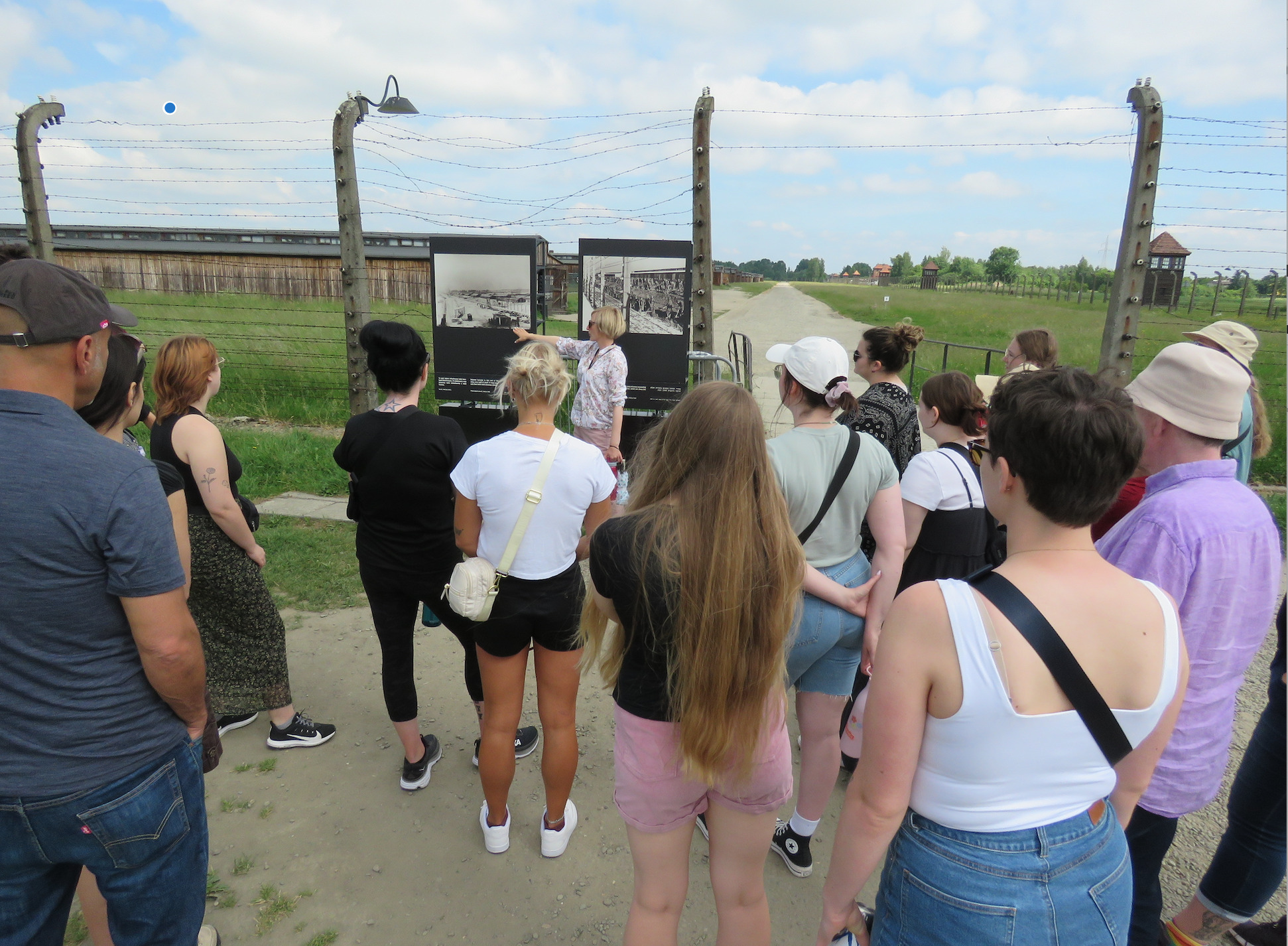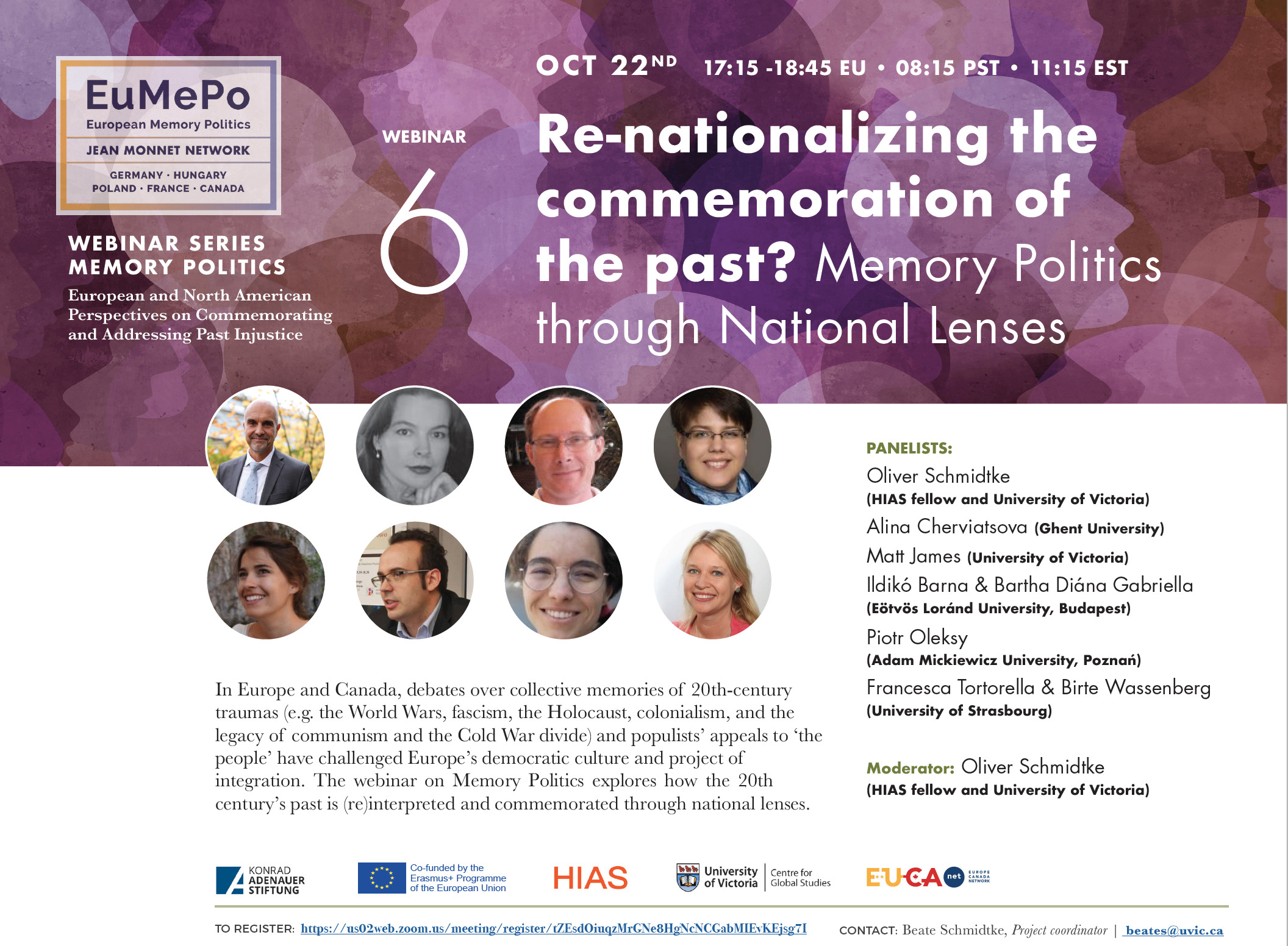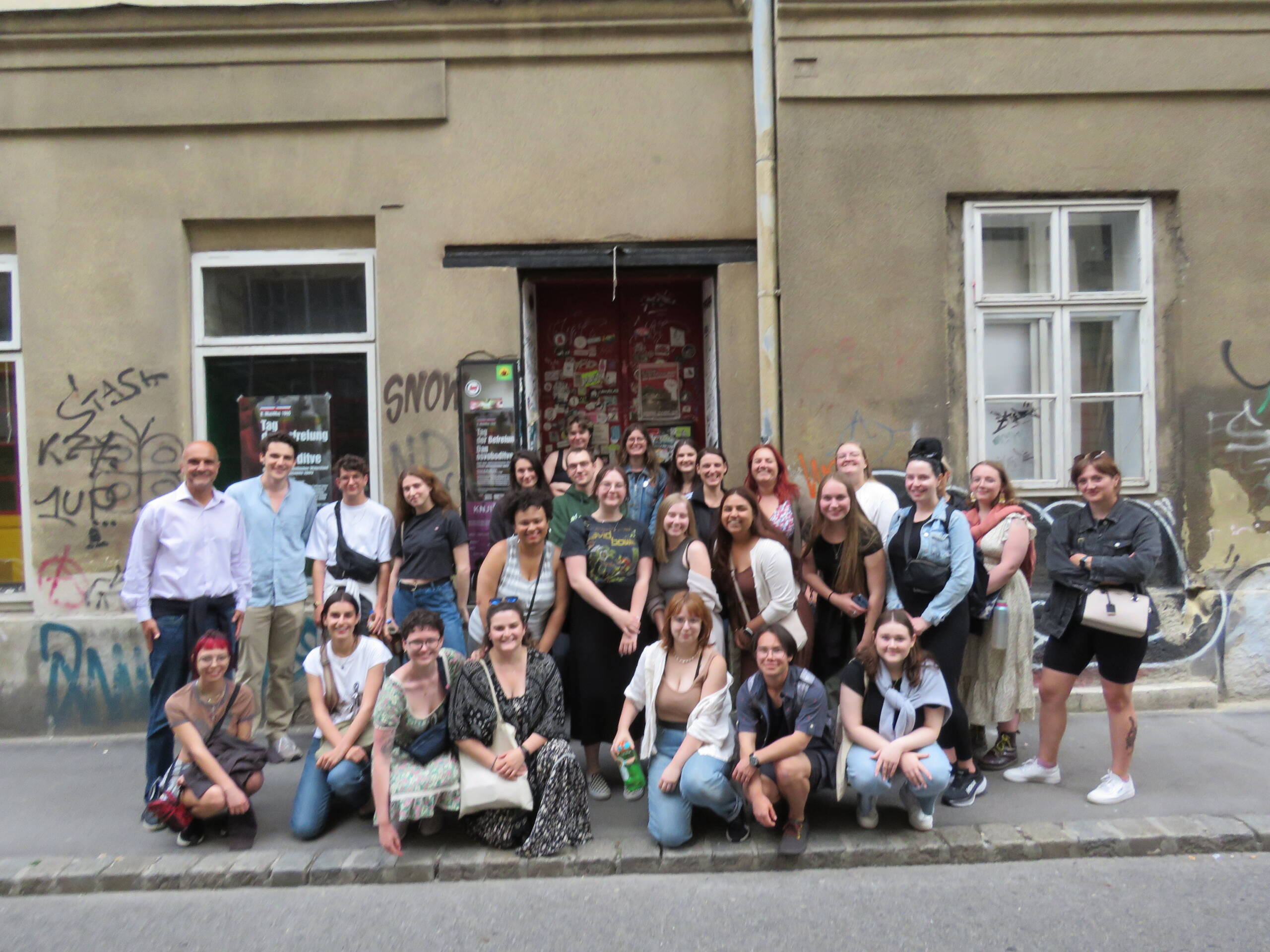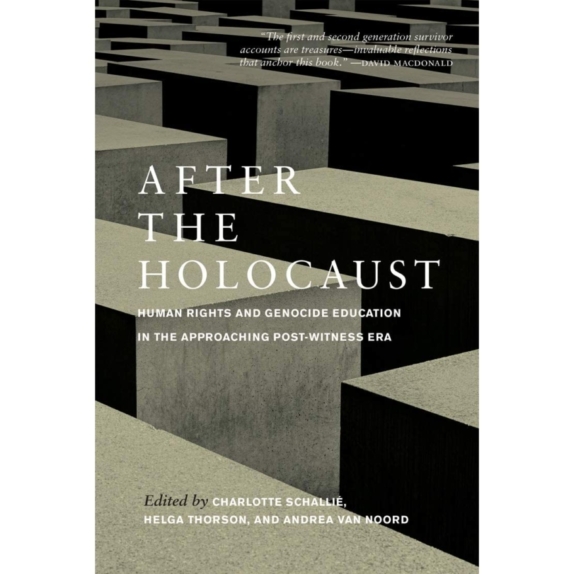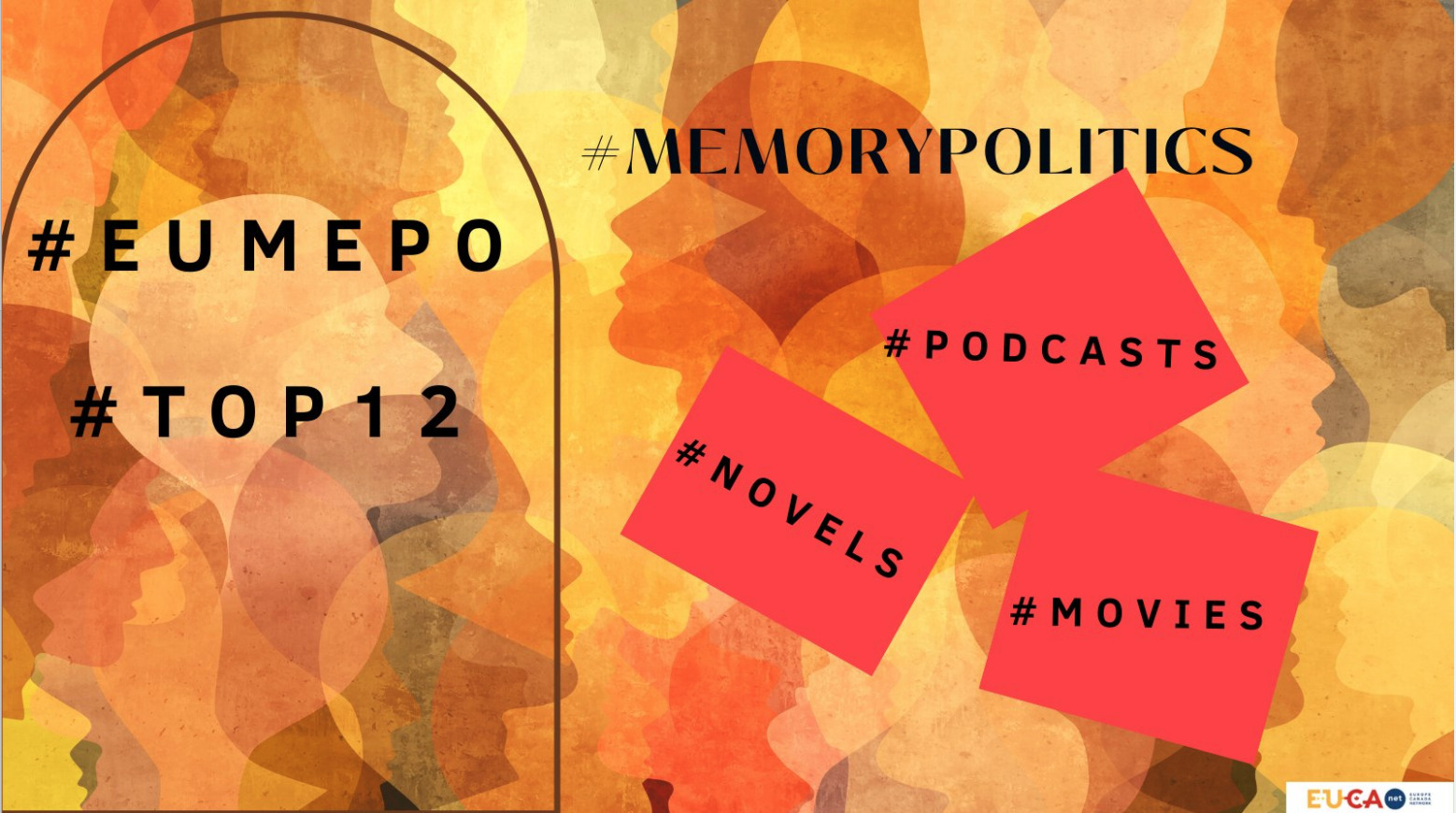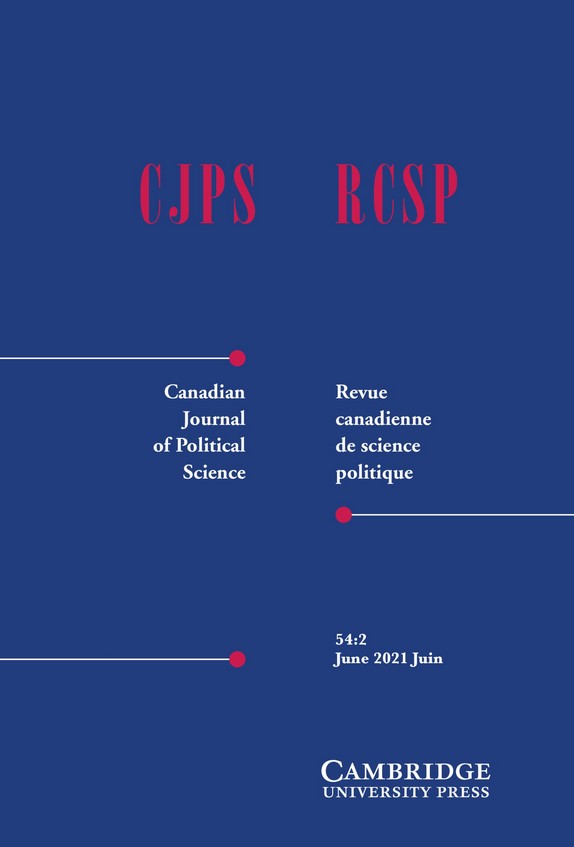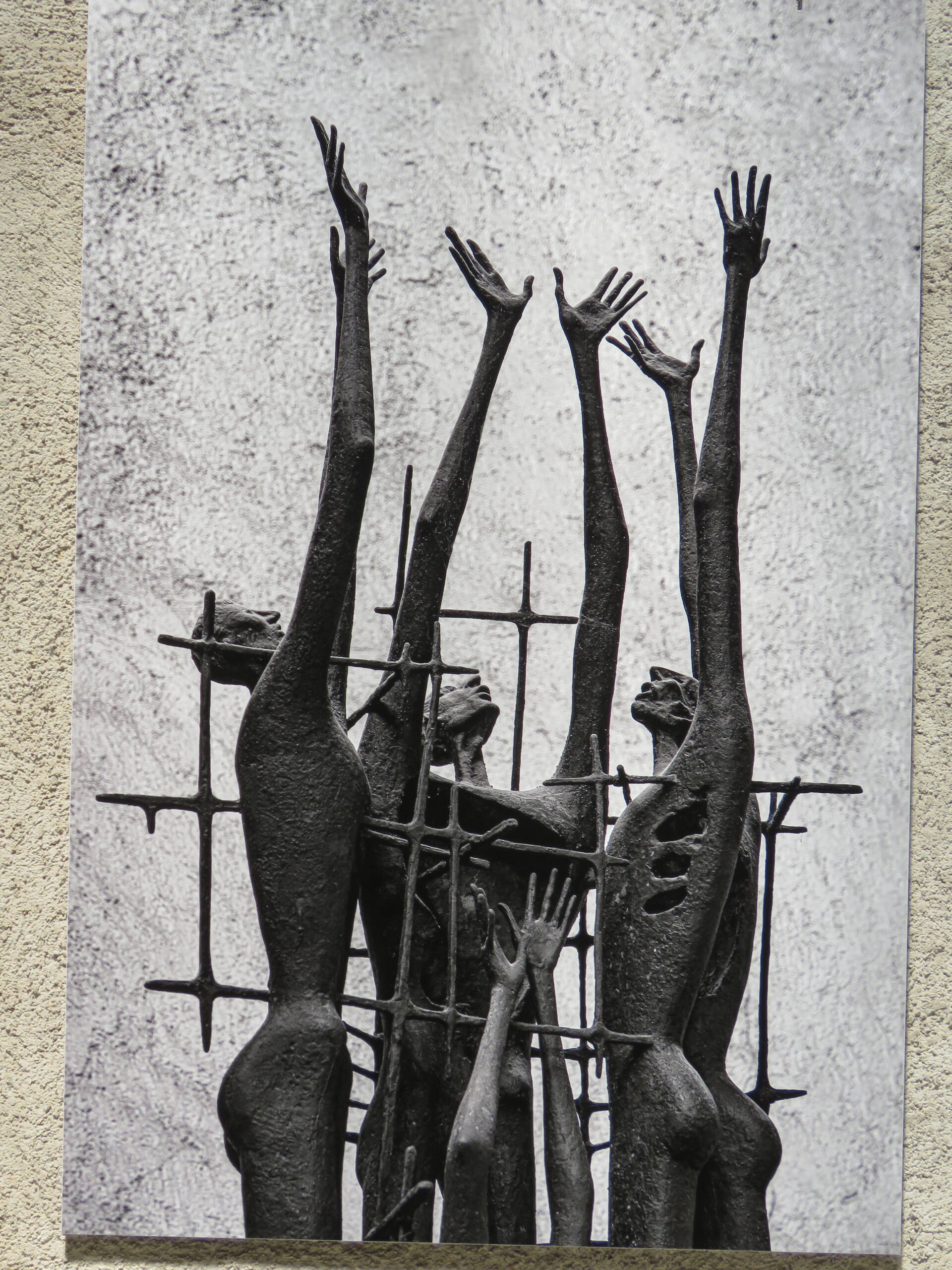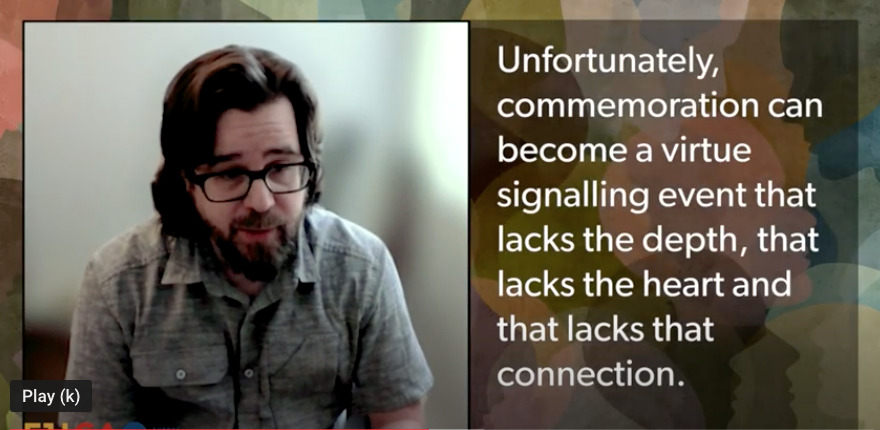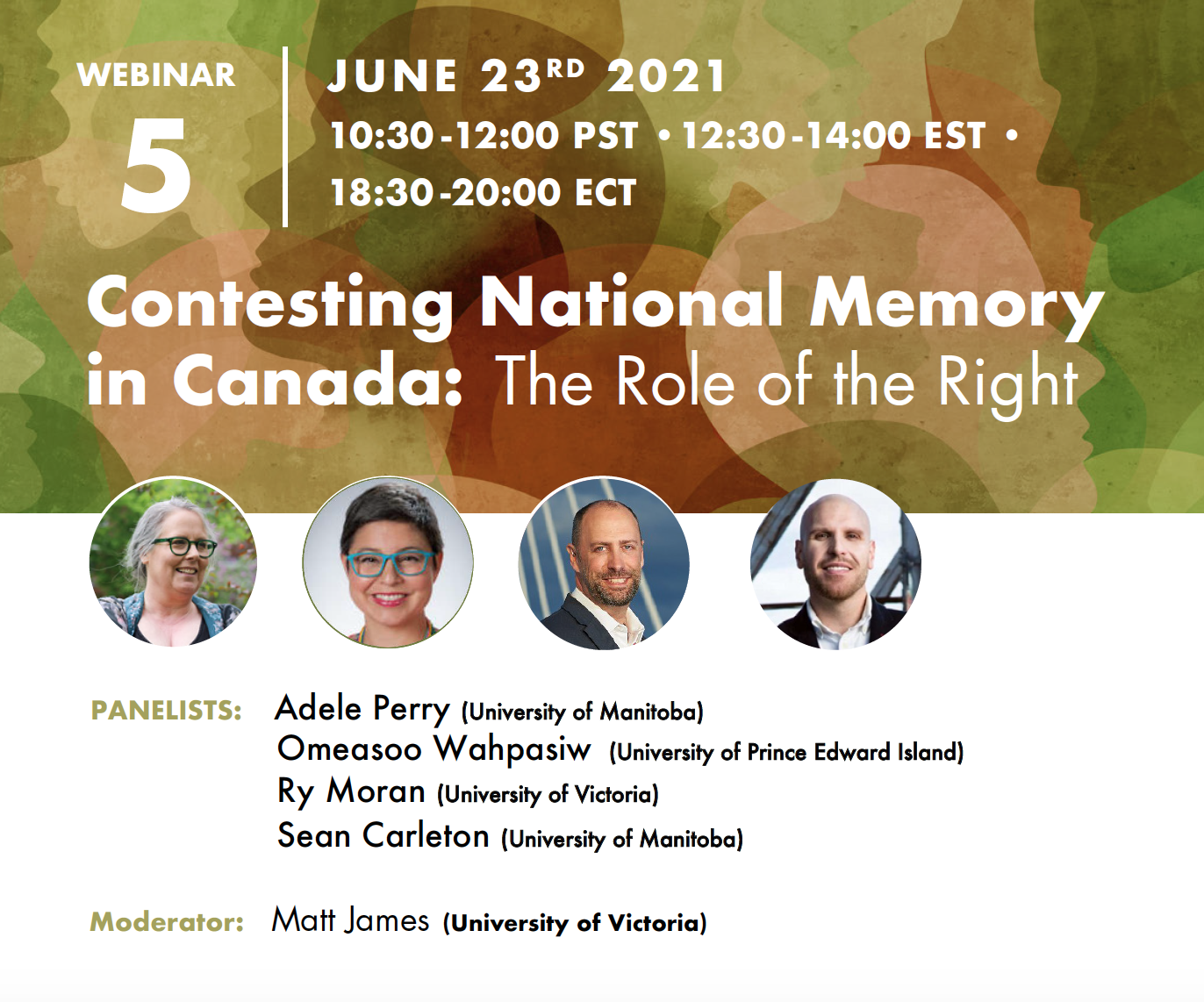Holocaust memory across Europe
Full of anticipation and nerves, we boarded a train from Vienna to Oświęcim Poland to start the second leg of the Study Tour in European Memory Politics. We arrived at the Center for Dialogue and Prayer. Janine Wulz, our instructor and PhD student at the University of Victoria, led both students in a discussion about Jewish life prior to the outbreak of war in Poland and the subsequent Nazi occupation. Students were given an opportunity to discuss their existing knowledge of the Auschwitz camp complex, as well as express their concerns and anxiety over visiting the camp.
Our two day guided tour through Auschwitz Stammlager and Auschwitz-Birkenau allowed students and colleagues alike to engage with memory of the past at one of the most infamous symbols of the Nazi’s destruction of European Jewry and countless other political and ethnic groups.
On the first day before starting the tour, we were asked to show proof of identity and go through a security screening not dissimilar from airports and guarded government buildings. As we walked through the security process, I was reminded how the rise in anti-semitism and political appropriation of the past threatens to destabilize the structures created to ensure we never forget.
Outside of security we were met by our guide Agnieszka Wojtowicz. Agnieszka has a masters degree from the Jagiellonian University in Kraków, where she focused on Polish history of the Holocaust. Leading us through Auschwitz I gates, we passed under the infamous sign Arbeit Macht Frei (work will set you free) surrounded by numerous other tour groups from across the world eager to learn about the atrocities committed at the camp. We passed through a number of selected buildings housing carefully preserved evidence of the Nazi’s crimes. With the help of Agnieszka, we were able to journey through the evolution of Auschwitz, and follow the path of how today’s largest symbol of Nazi’s crimes evolved between 1940 and 1945.
In addition to the exhibits of life in Auschwitz I, we visited Yad Vashem’s national exhibit, which is one of several exhibits put on by different countries. Unlike the initial exhibits housing evidence of crimes and daily life at the camp, the Yad Vashem exhibit offered us a chance to remember the pre-war Jewish community, walk through an audio-visual installation of the rise of National Socialism and the Nazi party, as well as bear witness to survivor testimony and take the opportunity to view Yad Vashem’s Book of Names.
On the second day, our guide took us through Auschwitz-Birkenau, starting with a juxtaposition between the perspective of the SS guards in the watchtower and the prisoners on the ground. As we walked along the camp, we saw the ruins left behind after the Nazi’s attempted to cover up evidence of their crimes, visiting wooden and brick barracks. Both students and colleagues alike were taken back by the immense graffiti that covered the walls and bunks at the camp.
Discussing the graffiti, our guide informed us that only last week prisoner bathrooms had been defaced and as a result needed to be entirely closed. Sadly, as our tour continued, references to individuals either vandalizing or attempting to steal artifacts from the site continued to be mentioned. As the tour neared its end, we walked up to the former site of crematoria 4 and 5, where the International Monument to the Victims of Fascism now stands. Boasting over twenty plaques in different languages, the monument is dedicated to the men, women and children, mainly Jews, who were murdered at Birkenau between 1940 and 1945. Walking along the steps of the monument and viewing the different languages one could see how far the memory of the Holocaust stretches across Europe and the world. Looking to the left and right, surrounded by the rubble of former crematoria and numerous visitors, I became overwhelmed with both hope and fear for the future.
Alicia Ward is currently a MA student at the University of Victoria in the department of Germanic and Slavic studies under the supervision of Dr. Serhy Yekelchyk. Her thesis examines the politics of Holocaust memorialization in Ukraine. Alicia received a BA in History from the University of Victoria.
